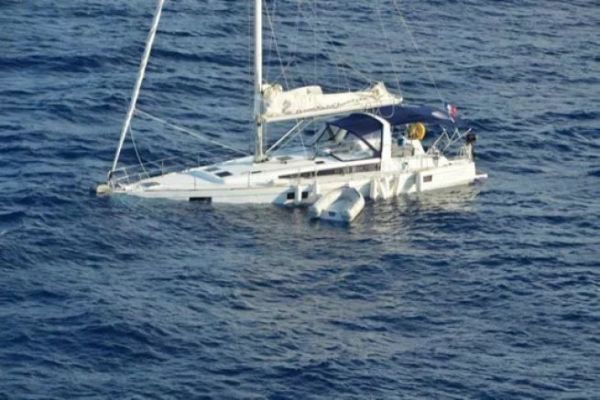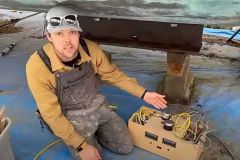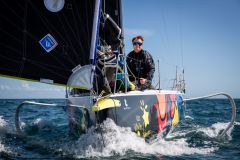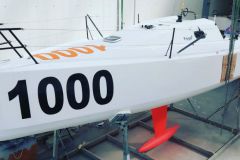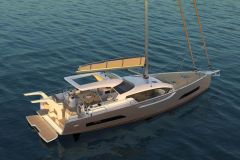Liquid displacements unbalance boats
A boat's stability depends on its weight distribution. Anyone who has done a bit of sailing, or even climbed aboard a stationary boat, will have seen the effect of the boat's movements and weight. In the same way, everyone has had the experience of tilting a basin filled with water. The surface of the liquid returns to the horizontal, and the volume shifts to the lower side of the container.
If we transpose this to a boat, and apply it to a half-filled tank, we discover the phenomenon of free surface. A vessel listing sees the contents of its tank concentrated towards its lowest point. The mass of liquid, whether water or fuel, moves in an unfavorable direction and will tend to increase the boat's list.
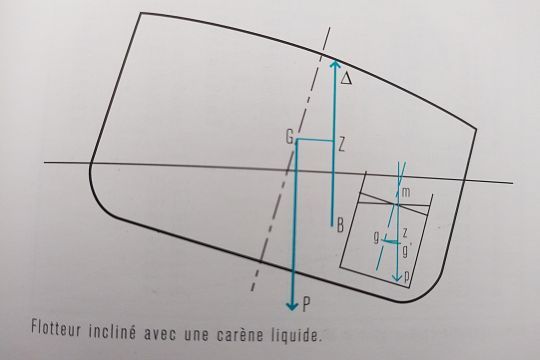
Avoid liquid hulls
Mathematically, naval architects have calculated that the influence of the liquid hull on stability is proportional to the mass of liquid and the inertia of the liquid surface.
The first thing to avoid is the formation of waterlogged dinghies. Anyone who has boarded a dinghy filled with rain or sea water has seen how its stability is compromised. The first thing to do is to scoop out the water. In the same way, check that cockpit drains are not obstructed, or that the dinghy drain is open. This will prevent a bathtub full of water from jeopardizing stability.
In the event of damage, this is also one of the reasons why it's essential to combat water ingress effectively. We limit the volume by pumping it out as much as possible, and if possible, we confine the leak to a small area using watertight doors. This will limit its movements.
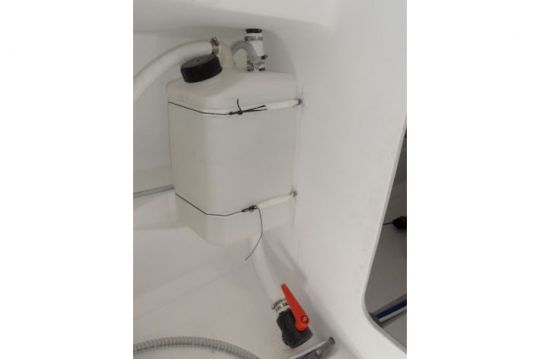
Intermediate tank partitions
On pleasure boats, liquids are transported either in ballasts or in tanks.
In the 1st case, the liquid, generally seawater, is intended to add stability and weight to the boat. Liquid hulls must therefore be avoided at all costs, and the tank must be 100% full. In this case, the free surface is zero, and the liquid cannot move inside the tank. If necessary, several small, separate ballasts can be made, rather than a single large one, to regulate usage.
On the other hand, whether it's fresh water, fuel, gray water or black water, a tank's level tends to change as you sail. To prevent excessive displacement in a large tank, it is usually compartmentalized, with perforated bulkheads. In this way, even if the liquid were to move within the tank, it would be slowed down. The surface of the liquid is divided into several separate surfaces with lower inertia.
Tank geometry is designed to limit the effect of liquid hulls, with a tall, narrow tank preferred to a flat tank with a large base.

 /
/ 